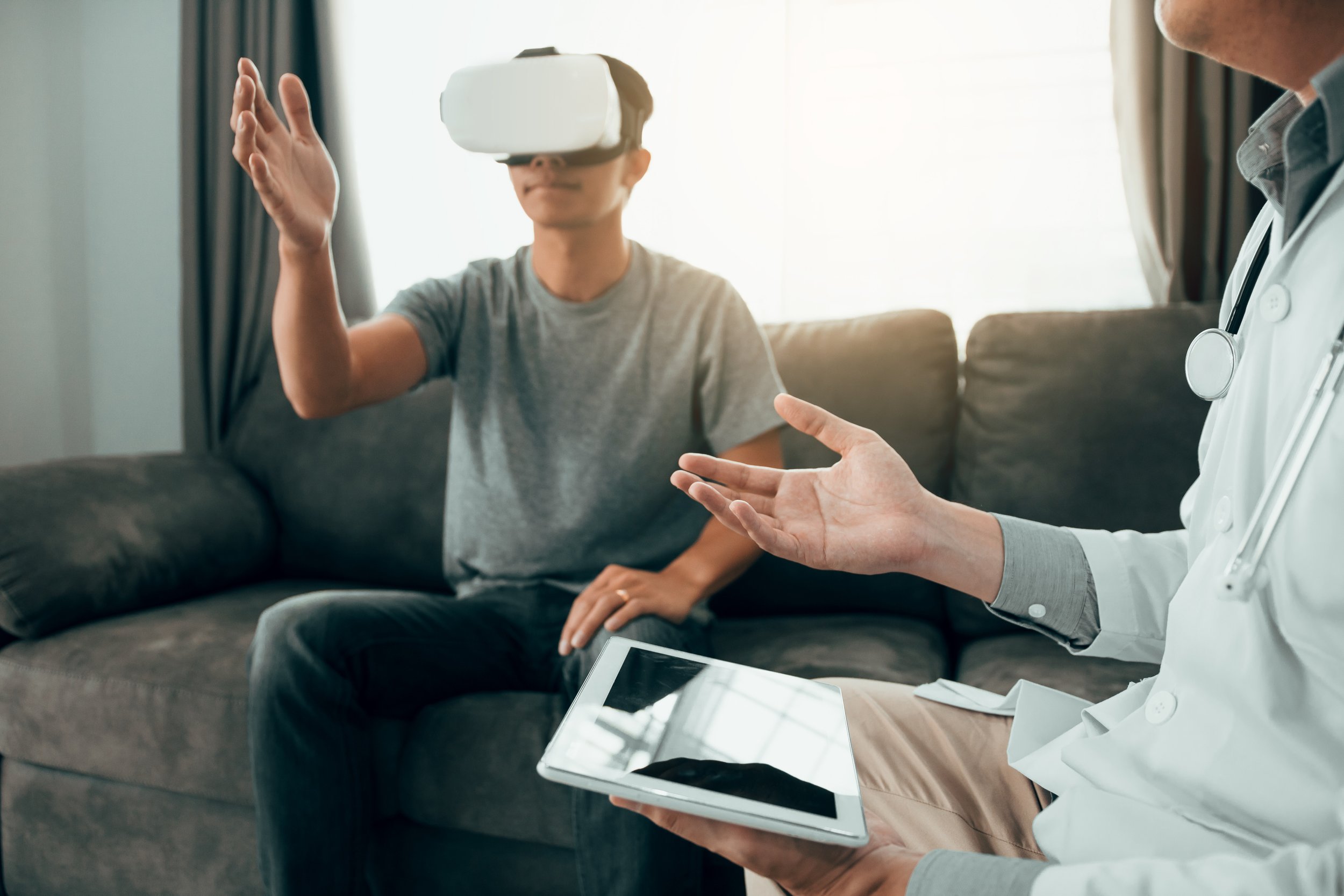Rehab Reimagined Blogs & Research

Occupational Therapy: Inspiring Hope, Changing Lives
Since the beginning of my career, I have had the privilege of learning and growing alongside so many outstanding occupational therapists. Their compassion, innovation, and dedication inspire me every day. They have taught me how to see the whole person, how to integrate creativity into rehabilitation, and how to empower patients to reclaim their independence in ways that truly matter to them.

The Future of Physical Therapy: How Virtual Reality and Gamification Are Revolutionizing Rehabilitation
A recent systematic review by Calderone et al. (2025) found that VR and gamification significantly enhance rehabilitation outcomes for individuals with neuromuscular diseases (NMDs) by improving motivation, engagement, and adherence to therapy. As more clinicians recognize the importance of patient engagement, the use of immersive technologies in therapy is growing, transforming how rehabilitation is delivered.

Virtual Reality in TBI Rehabilitation: A Neuro Rehab PT’s Perspective
March is Traumatic Brain Injury (TBI) Awareness Month, a time dedicated to raising awareness about brain injuries and advancing research and treatment approaches that help patients recover. As a neuro rehab physical therapist, I’ve worked closely with TBI patients and have seen firsthand the challenges they face in regaining independence. Rehabilitation is never one-dimensional—it requires an integrated approach that addresses motor recovery, cognitive function, and balance control all at once.

Virtual Reality in Pain Management: A Breakthrough for Musculoskeletal Rehabilitation
In recent years, Virtual Reality (VR) has emerged as an innovative tool in healthcare, particularly in pain management for musculoskeletal disorders. As a healthcare professional, I have witnessed firsthand how VR can significantly reduce pain levels, enhance rehabilitation participation, and even eliminate the need for pain medication in some cases. Recent research supports these observations, highlighting VR’s effectiveness as a non-invasive, drug-free alternative to traditional pain relief methods.

Transforming Rehabilitation with Virtual Reality: A Guide to Implementing VR Systems in Your Facility
Virtual Reality (VR) is rapidly gaining recognition as a transformative tool in rehabilitation, offering immersive environments that promote engagement and enhance functional outcomes. However, successfully integrating VR into clinical practice requires careful planning, resource allocation, and ongoing support. This blog post outlines strategies for healthcare providers to adopt VR technology effectively.

Empowering Healthcare Facilities with VR: The Key to Ownership, Customization, and Better Patient Outcomes
When healthcare facilities are able to own and manage their own hardware, they gain full control over the software and the content they’re using. This flexibility is key to tailoring VR to the specific challenges faced in a given facility, whether it’s accommodating older patients, creating specialized rehabilitation routines for stroke patients, or training clinicians for high-pressure situations (Halbig et al., 2023). Giving healthcare professionals the ability to choose the software that best fits their patient population and treatment goals helps eliminate the frustrations of all-in-one solutions that don’t fully meet the facility’s needs.

The Unseen Impact: How Physical Therapy Revolutionizes Visual Rehabilitation
Physical Therapy Revolutionizing Visual Rehabilitation

From Boredom to Motivation: Revolutionizing Rehabilitation with Virtual Reality Therapy
Revolutionizing Rehabilitation with Virtual Reality Therapy


